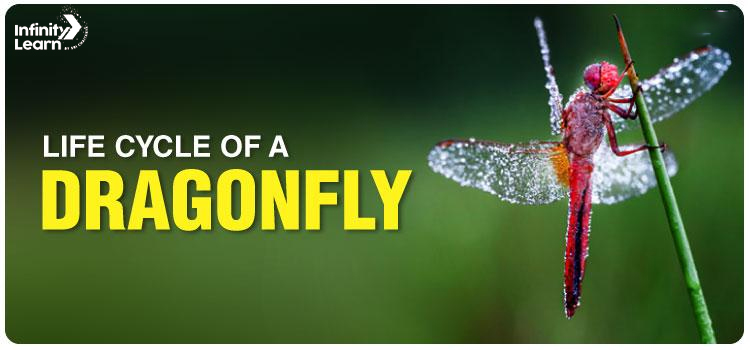Table of Contents
Dragonfly is an interesting bug that belongs to the Odonata family. Their life cycle is quite interesting, and it starts in water. Amazingly, dragonflies have lived and grown underwater as marine larvae for almost two years. They are going through a change before they fly. They belong to the Anisoptera suborder, which is why it’s called the “true dragonfly.”
Dragonflies are easy to spot because they are big, strong, and stout. Because they are in the Anisoptera suborder, these features make them stand out and make it clear that they are dragonflies. Dragonflies are beautiful creatures that show how artistic nature can be. Their wings have lots of different colors and patterns on them.

Dragonflies are very important to environments because they eat bugs and keep the number of bugs in check. They are good hunters and can fly fast, so it’s easy for dragonflies to catch mosquitoes and other flying bugs. It helps keep their environments balanced. As dragonflies grow from watery larvae to flying adults, they go through an excellent change.
Dragonflies are one of a kind among insects because they are pretty and have a unique life cycle. You can see them near water or flying through the air. When dragonflies are mature, they return to the shore or the nearest body of water to have babies. When other possible male dragonflies come into the area, the male dragonfly blocks them and takes control of the female dragonflies. It is when the adult dragonfly mates and the whole reproduction process starts again.
Dragonfly’s Life Cycle
Dragonflies go through three stages in their lifecycle: egg, nymph, and adult. Adult dragonflies look for mates at first. If the female lays her eggs in still water after mating, the eggs won’t get washed away. Dragonflies change into different forms in three stages instead of four stages, like butterflies and other metamorphosis.
The Egg
When a male and female dragonfly meet, the female carefully places her eggs somewhere quiet, like a pond. The eggs hatch in one to five weeks.
The Larva
Dragonflies are fun to watch in the summer, but it’s interesting to know that they spend most of their lives underwater as larvae. They spend most of their lives underwater, where they can stay for up to two years. They have six small legs, a mouth that hinges, and winged sheaths when they hatch.
The Adult
The larva moves to the water’s edge and takes air for the first time. Its juvenile stage is almost over. Once it finds the right spot, the larva slowly comes out from its old shell to become an adult dragonfly. Right now, the dragonfly looks pale, and its wings are shining.
Dragonfly Metamorphism
Dragonflies are different from other flying insects because they don’t have a step where they turn into pupae. They are different from other insects that go through a complete transformation, which includes an egg, a larva, a pupa, and an adult. Dragonflies, which are Hemimetabolous insects, don’t go through the pupa stage during their partial metamorphosis.
| Life Cycle’s | |
| Butterfly Life Cycle | Bed Bug Life Cycle |
| Plasmodium Life Cycle | Fish Life Cycle |
| Schistosomiasis Life Cycle | |
Conclusion
In conclusion, the dragonfly has an interesting life cycle that includes an egg, a caterpillar, a pupa, and an adult. This change from being in the water to doing beautiful acrobatics in the air is a miracle of nature, showing how strong and flexible its life is.
FAQs on Dragonfly Life Cycle
Are damselflies and dragonflies the same?
No, Dragonflies and damselflies are not the same. Damselflies have wings of equal size, while dragonflies have wings of varying sizes. Damselflies belong to Zygoptera, and dragonflies belong to Anisoptera.
Where do dragonflies lay their eggs?
Dragonflies typically lay their eggs in still water or ponds, safeguarding them from being carried away by currents. When a dragonfly dips its tail in water, it indicates the egg-laying process
Does a dragonfly possess two eyes?
Dragonflies boast two large compound eyes, each equipped with thousands of lenses, along with three additional simple eyes. Their eyes house thousands of photoreceptors on the retina, gathering light and transmitting information for comprehensive visual processing.









